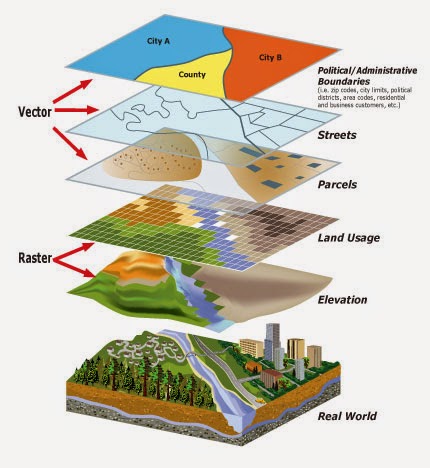

Look at the new raster layer and see if any grid cells have a value of 1. Check for missing interior cell values by entering the conditional expression: Con(IsNull(“dem_clipped”), 1, 0).

The delineation tools require a continuous surface with no interior grid cells containing missing elevation values.

Check the box next to Use the same coordinate system as: ' this layer's source data'.Right click on the layer and select Data => Export Data (Selected features) from the dropdown menu.With the ‘ Select ’ tool, select the watershed of interest (East Branch Brandywine Creek in this example) from the WBDHU10 watershed boundary shapefile that was downloaded from the USGS National Map Viewer.This shapefile will be u sed as a boundary to clip the terrain raster in the next step.Create and buffer a shapefile that encompasses the area of interest.use the modified USA Albers Equal Area Conic USGS Version projection ( SGH_c) that you added to Favorites in the last step. Specify the same projection and settings as the elevation/terrain raster, e.g.Use the Project (Data Management) tool to p roject the watershed boundary shapefile to the same CRS as the terrain data.

Select the saved projection as the ' Output Coordinate System ' from Favorites. Right click on the new copy to ‘ Add to Favorites ’. Right click on the chosen projection and select ' Copy and Modify' to save a copy of the projection named SHG_c ( Standard Hydrologic Grid) in this example.ĭouble click on the new copy, change Linear Units to foot_US and click ‘ Ok ’. In Project Raster (Data Management) tool: You can change the units in the raster projection to feet if desired. Import terrain and watershed boundary data from previous steps (HUC-10 level shapefile used in this example) to your project with Add data menu.ĭo NOT use an unprojected CRS, such as Geographic. It is helpful to save the map in the same folder as the rest of the project data. Start a new project or open an existing project in ArcMap.This example uses ArcMap to merge, clip, and project the DEM file. The watershed used in this example is the 122 square mile East Branch Brandywine Creek watershed in Pennsylvania. We will use the watershed boundary to clip the extent of the terrain raster for smaller file sizes and faster processing. We will use it as an input to HEC-HMS to create a terrain dataset, which can then be loaded into a Basin Model for hydrologic analysis (see Creating and Linking Terrain Data into a Basin Model tutorial). A DEM is a representation of the bare ground topography (elevations) excluding trees, buildings, and any other surface objects. Refer to Downloading and Preparing Terrain Data for HEC-HMS Using QGIS for guidance. Other GIS applications such as QGIS can be used instead of ArcMap. In this tutorial you will use ArcMap to prepare terrain data in the form of Digital Elevation Model (DEM) raster from open-source elevation and watershed boundary data (see the tutorial on Downloading Elevation and Watershed Boundary Data ).


 0 kommentar(er)
0 kommentar(er)
